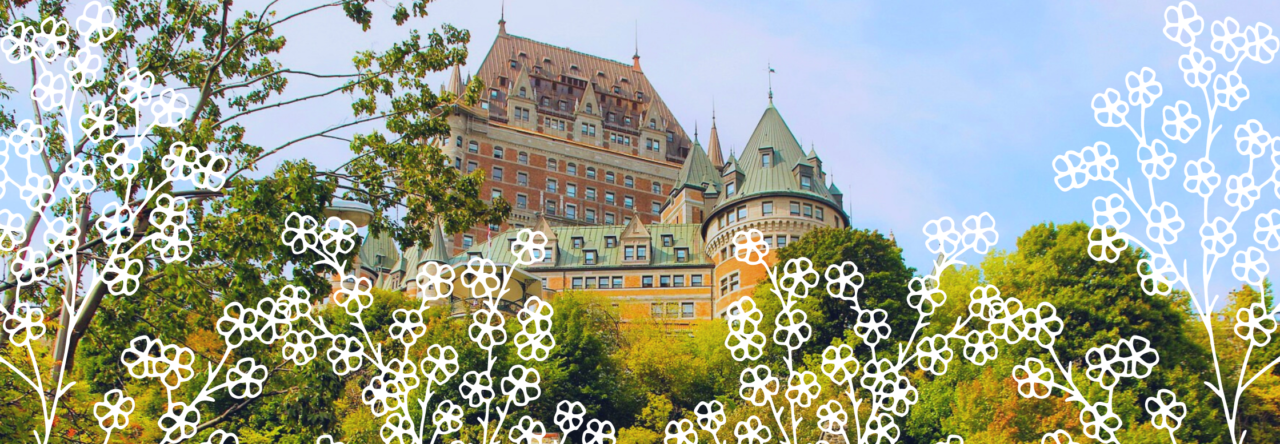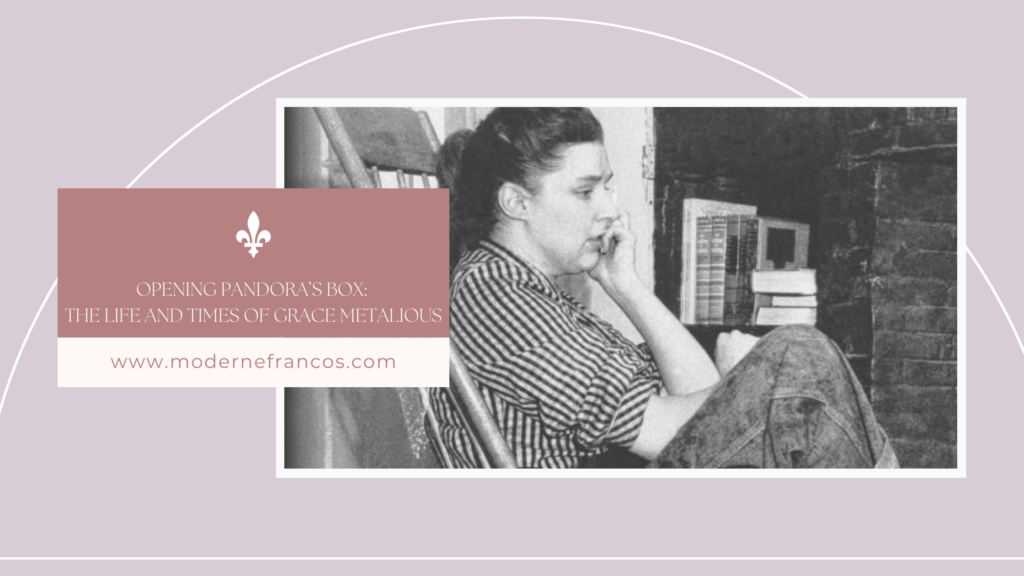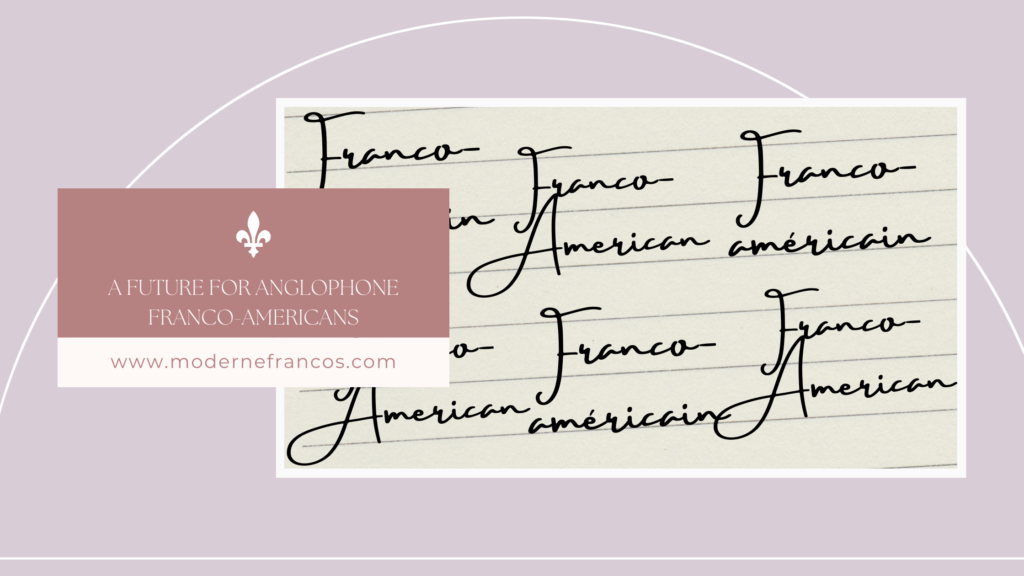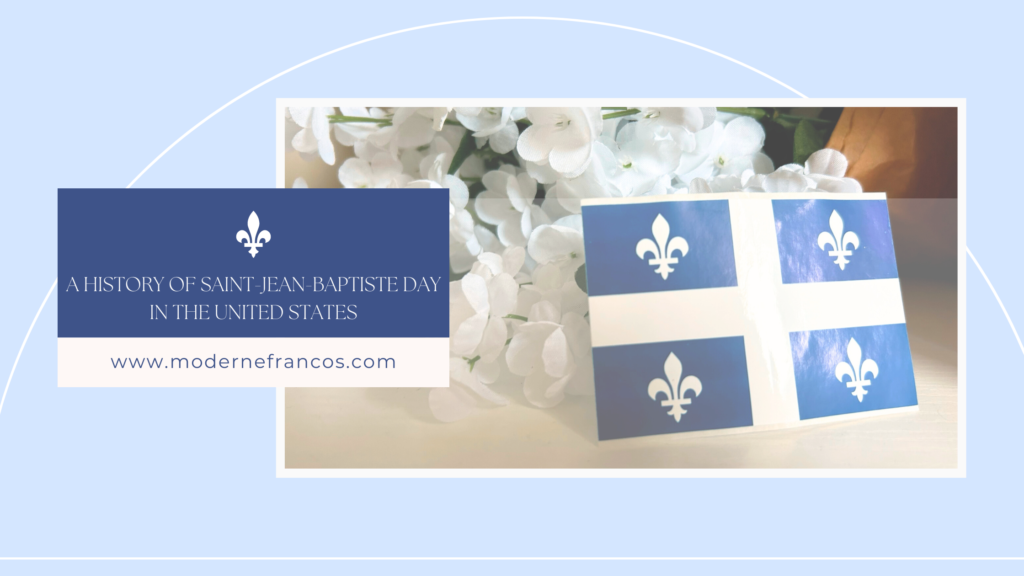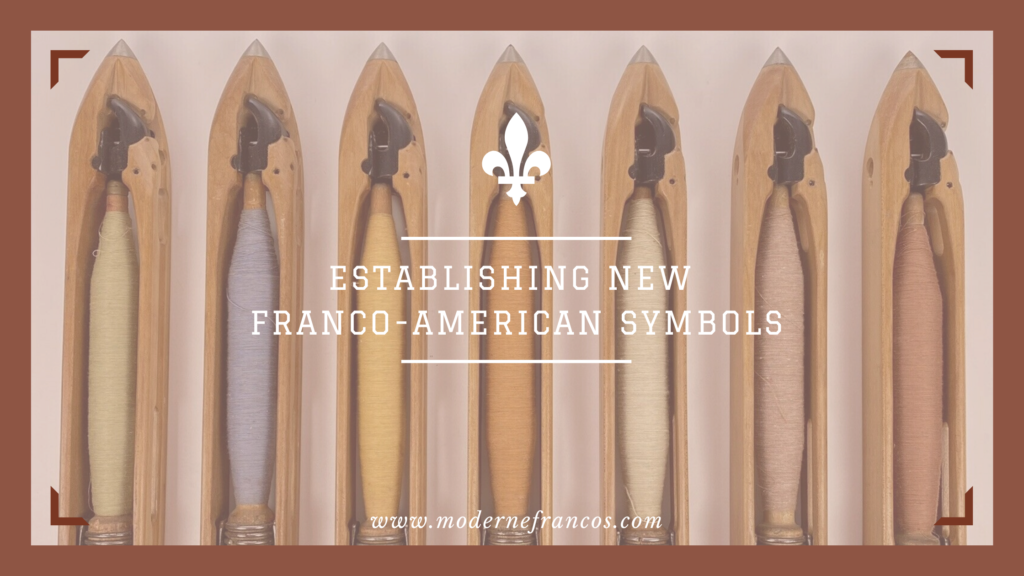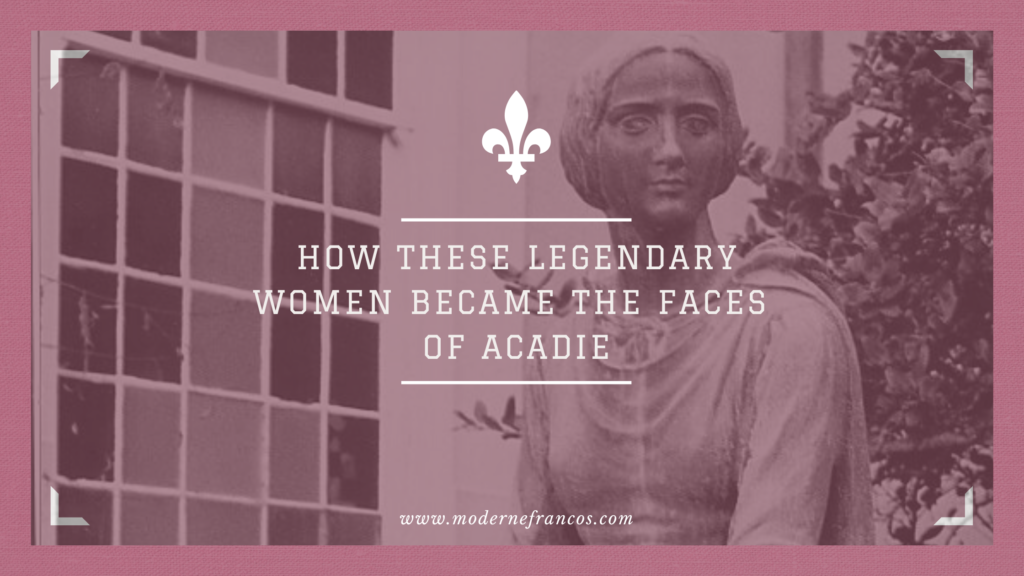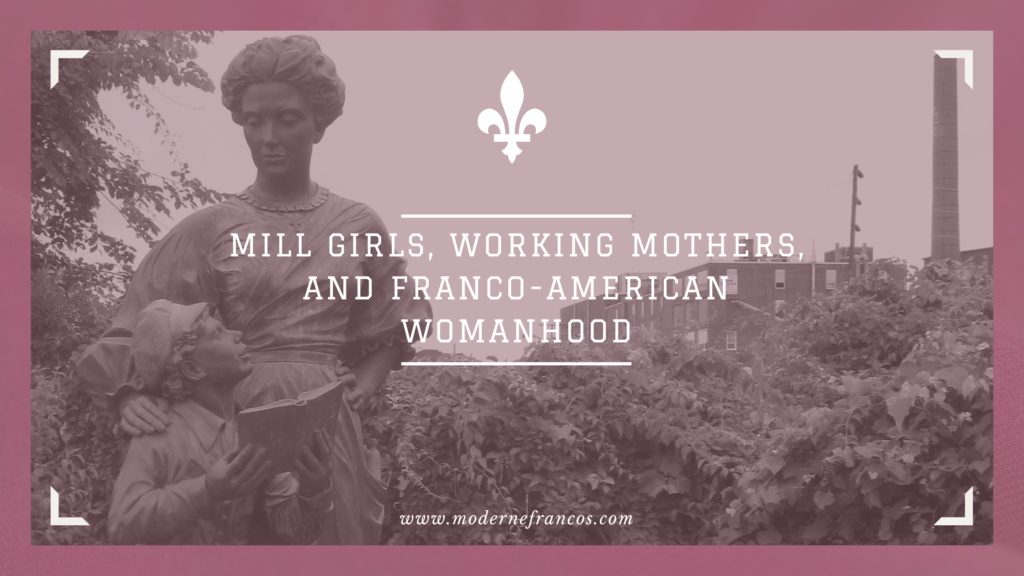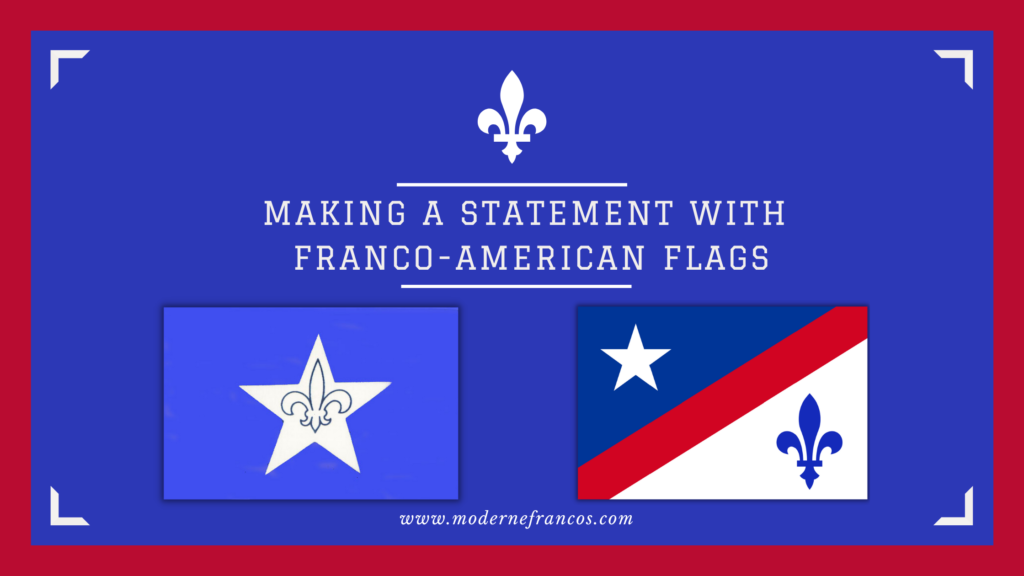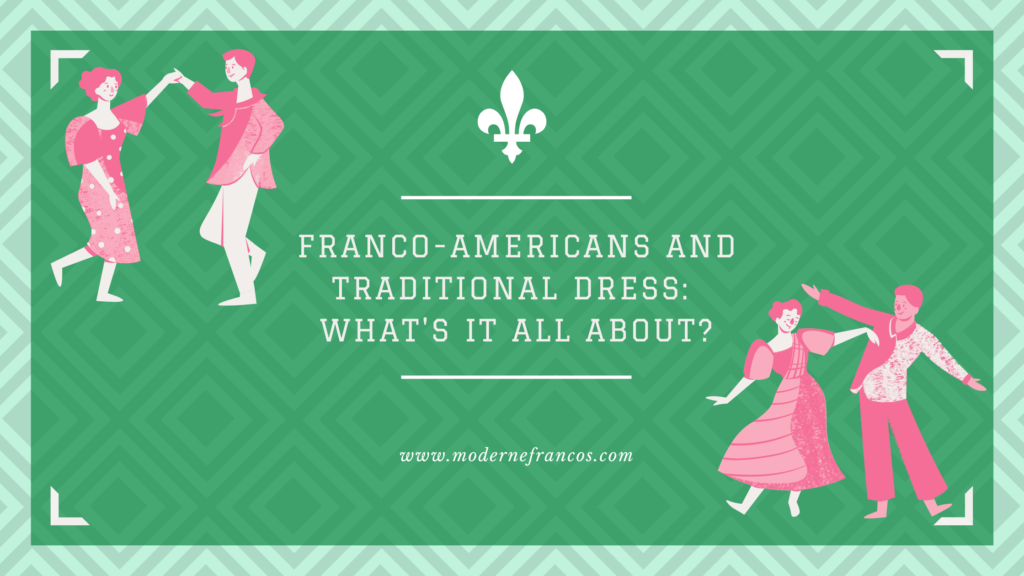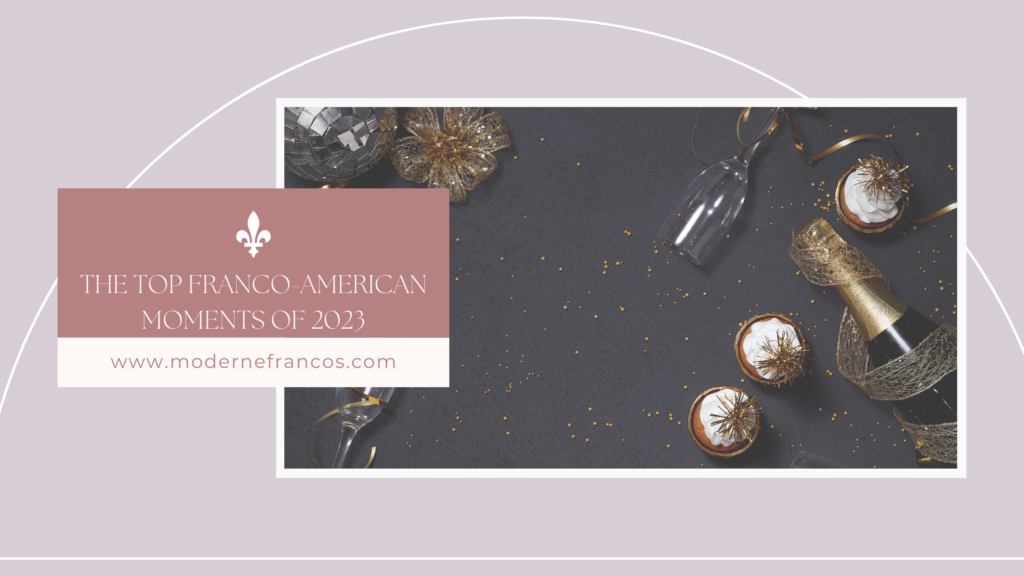
On Christmas Eve 2022, I made my first-ever tourtière. It was my own history-making moment in rediscovering the slightest bit of Franco-American culture I had grown up with and determined to learn more about. I didn’t grow up on traditional French-Canadian foods, except for the one time I tried gorton at my memérè’s house in the Summer of 2005.
So, eighteen years later (and a failed, embarrassing attempt at making gorton like Memérè’s), I decided to make the Holy Grail of traditional French-Canadian foods myself. And it wasn’t bad! I understood the hype at last, just as I had tried poutine for the first time in 2021 (and made my own allergy-free poutine last year).
For me, putting in this effort is all part of the revival process to make our culture something recognizable to the public eye and even ourselves.
